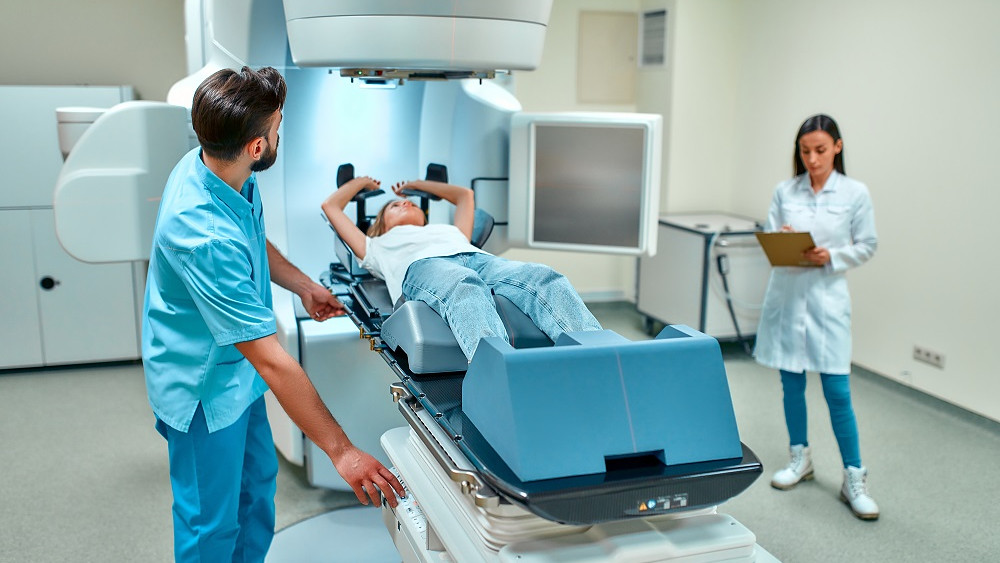The University of Bath is leading an international consortium of industrial and academic partners working on a £7.3 million project to develop a better understanding of nuclear radiation. The research will help improve nuclear safety, cancer radiotherapy and shielding for astronauts from cosmic rays.
MaThRad, Mathematical Theory of Radiation Transport: Nuclear Technology Frontiers is a programme grant funded by the Engineering and Physical Sciences Research Council Mathematical Sciences portfolio and began development at a SAMBa Integrative Think Tank in 2015.
Professor Andreas Kyprianou, Director of the University of Bath’s Institute for Mathematical Innovation (IMI) will lead the programme together with numerous academics and clinicians, including those based at the University of Cambridge, the NHS and the National Physical Laboratory.
At the University of Bath, IMI Academic Fellows Dr Alex Cox and Dr Tristan Pryer from the Department of Mathematical Sciences are also investigators on this ambitious grant. IMI Mathematical Innovation Research Associate Dr Laura Hattam will assist with impact delivery.
The aim of the project is to understand how nuclear radiation, in the form of energetic subatomic particles, propagates through different materials and media.
This includes mathematical modelling of how neutrons travel through materials in reactors, helping to predict reactor behaviour. The modelling will also help understand how to protect materials and people from neutron radiation, for example when decommissioning nuclear reactors or transporting radioactive materials.
The research will also mathematically simulate how protons move through the body and produce secondary radiation as part of dose delivery for cancer treatment.
Additionally, the project will look at how cosmic rays penetrate spaceships and spacesuits, causing subatomic cascades and how this enters human tissues contributing to cancer.
Professor Kyprianou, who led the bid for this programme grant, said: “In less than 7 years, we have gone from the seed of an idea in a SAMBa CDT think tank to networking from within mathematics across to the academic, industrial and medical nuclear community, resulting in this major programme grant.
“Winning the bid is a huge achievement which involved a massive collaborative effort of academics, partners and research support staff across several institutions.”
The programme will focus on integrating recent mathematical developments into radiation transport modelling, such as the theory of random spatial branching structures, interacting particle Monte Carlo methods and inverse problems.
Moreover, through collaboration with experts in engineering and medical physics, the project will ensure that faster, and more accurate and algorithms reach stakeholders in the sectors of nuclear decommissioning, modern nuclear reactor design (fission and fusion), heavy ion cancer therapy and the space industry.
There are over 25 partners on the grant including the likes of NASA, Jacobs, EDF, Rolls Royce, The UK Atomic Energy Authority, The international Atomic Energy Authority and multiple NHS Trusts including e.g. RBFT Reading, UCLH London.
The project will fund up 10 postdocs spread equally across the Universities of Bath and Cambridge. There are also an additional 10 committed PhDs from industry, NPL, Bath and Cambridge, which will be incorporated into the EPSRC Centre for Doctoral Training in Statistical Applied Mathematics(CDT SAMBa) .
The project starts on the 1st September 2022.

